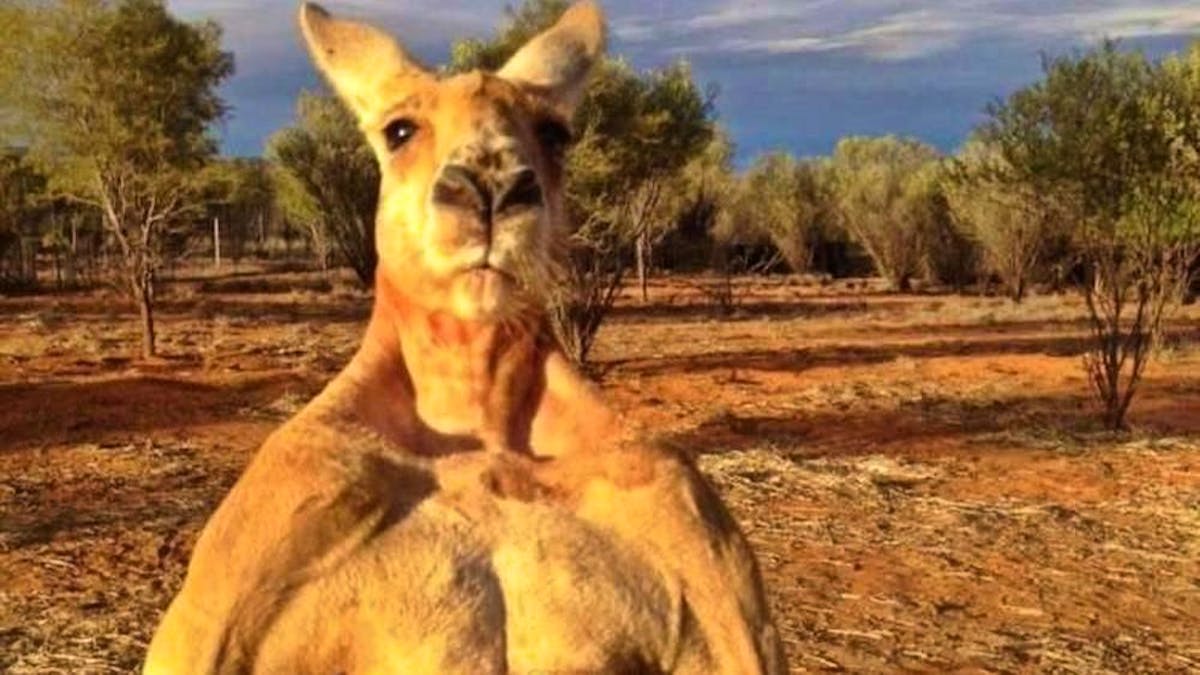Prehistoric giant kangaroos have perished massively at a period of “climate upheaval” in Australia, victims of their sedentary lifestyle when the tropical forest turned into a desert, revealed a study published Thursday.
The “Protemnodon” weighed up to 170 kilos, twice as much as the most massive kangaroos of our time. Its existence dates back up to five million years.
Researchers from Queensland Museum and Universities of Wollongong and Adelaide have reconstructed the movements of a group of animals in the northeast of the country by comparing new techniques of chemicals taken from fossilized teeth to rocks. This made it possible to reconstruct the distances traveled by these kangaroos to eat.
“Imagine ancestors of GPS beacons,” said Scott Hocknull, researcher at Queensland Museum. “You can use fossils to follow animals, know where they went, what they ate, with whom they lived and how they died; like a Big Brother from the Paleolithic ”.
Fatal sedentary lifestyle
Scientists have concluded from their research that these herbivores lived in what was at the time a green tropical forest, without moving away from their place of life to feed. They thus proved as sedentary as the current kangaroos, while the researchers thought that they moved over greater distances.
However, this tropical forest began to decline around 300,000 years ago when the region’s climate became “increasingly dry and unstable”, according to scientists.
“The will of these giant kangaroos of staying close to where they lived at a time of climate upheaval 300,000 years ago has probably contributed to their disappearance,” they explain in a statement presenting their study, published in the Backtre Plos One.
Such species of giant kangaroos have persisted in other parts of Australia and Papua New Guinea and ended up disappearing about 40,000 years ago.
According to researcher Anthony Dosseto, beyond these kangaroos, the new techniques used for this study could be used to better understand the extinction of the Australian megafauna, these large animals which disappeared several tens of thousands of years ago.
The Australian continent was once populated by prehistoric animals such as marsupials weighing more than two tonnes or huge carnivorous lizards.
“The debate on the extinction of the Australian megafauna has lasted for decades, but we can now study it species by species,” said Anthony Dosseto, of the isotopic geochronology laboratory from the University of Wollongong.

